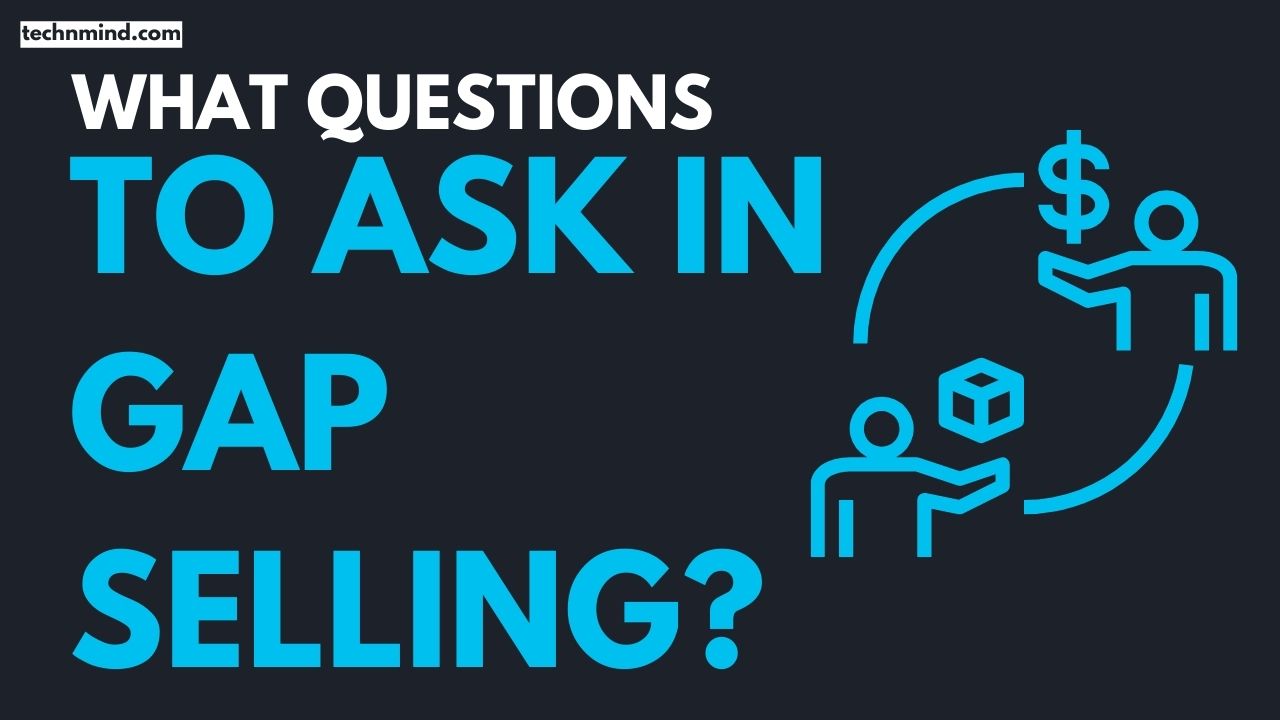Selling is a complex process during which you present the product and get to know the buyer
better. It is imperative to ask questions that help build trust with the client. Gap sales are an
effective tool to achieve this goal.
What Is Gap Selling?
The author of the gap selling technique is Jim Keenan. It involves the detection of a “gap.” It
is the interval between the actual and desired state of the client.
The primary mission of every seller is to help the customer overcome this discrepancy. The
result can be achieved by implementing an algorithm based on a problem-oriented approach.
What should the seller do? Identify both client conditions and establish themselves as a
qualified advisor capable of identifying and solving problems.
This technique is not suitable for all areas. It is inappropriate to use it in retail trade.
Representatives of the B2B sector can use it.
Advantages of the Gap Selling Methodology
Such sales require careful preparation and involvement of the seller. However, the result is
worth it.
The advantages of this technique include:
- A strong, trusting relationship with the client, focused on the long term;
- Increasing the accuracy of sales forecasting;
- Reducing the duration of sales cycles;
- Increase in the average sales price and total revenue;
- Reducing the number of stalled deals.
Thus, the gap selling summary increases sales efficiency and helps solve problems the client
may not even think about.
Types of Gap Selling Discovery Questions
How to collect information using a problem-based approach? You ask the client questions in
the correct form for detailed information about the main parameters:
- Enterprise characteristics;
- Actual difficulties and ways to overcome them;
- Goals for the future;
- Adopted and developed solutions;
- Emotional state, namely, how the client feels in the presence of these problems.
When communicating with a client, try to get the most specific answer. General phrases and
vague language will not help. You establish communication with the client and demonstrate
an interest in their difficulties.
Types of Gap Selling Questions
1. Procedural questions.
Motivate the client to talk about work processes. Find out how
they approach them and what difficulties they face. Remember that answers should
not be monosyllabic. Procedural questions require an extended answer. In addition, do
not hesitate to clarify the data or ask for it to be supplemented.
Common procedural questions:
- “Tell us about the principles of the company.”
- “What followed the emergence of a new task?”
- “Can you explain what accompanies certain events?”
2. Leading questions.
Their purpose is to get the client to look at existing difficulties.
Additionally, you need to help them think about those nuances that were not
previously considered.
By asking leading questions, you help the customer understand how difficulties affect the
client and the company. Together, you will have to look at the situation from a different angle
with many additional circumstances.
You take on the role of a qualified advisor. It is a more effective tool than the usual product
promotion.
Common leading questions:
- “Can you elaborate on the difficulties?”
- “Have you tried such a solution?”
- “How do the difficulties affect other team members and the enterprise?”
- “Have you thought about what will happen if you do this?”
3. Confirmation questions.
They make it clear to the client that you fully understand
them. Confirmation questions are closed and require only a “yes” or “no” answer. It is
better to ask them throughout the conversation, showing your involvement in the
process.
Common confirmation questions:
- “I think this is the main problem, right?”
- “Do I understand correctly that you took such actions?”
Summary
The gap selling technique is not simple. But the result of such communication with the client
will surely please you!




